This vampire squid (Vampyroteuthis infernalis) was imaged during the ‘Designing the Future 2’ expedition at 630 m in the East Cortes Basin. The vampire squid is a relict species, meaning it’s the only animal left in the order…
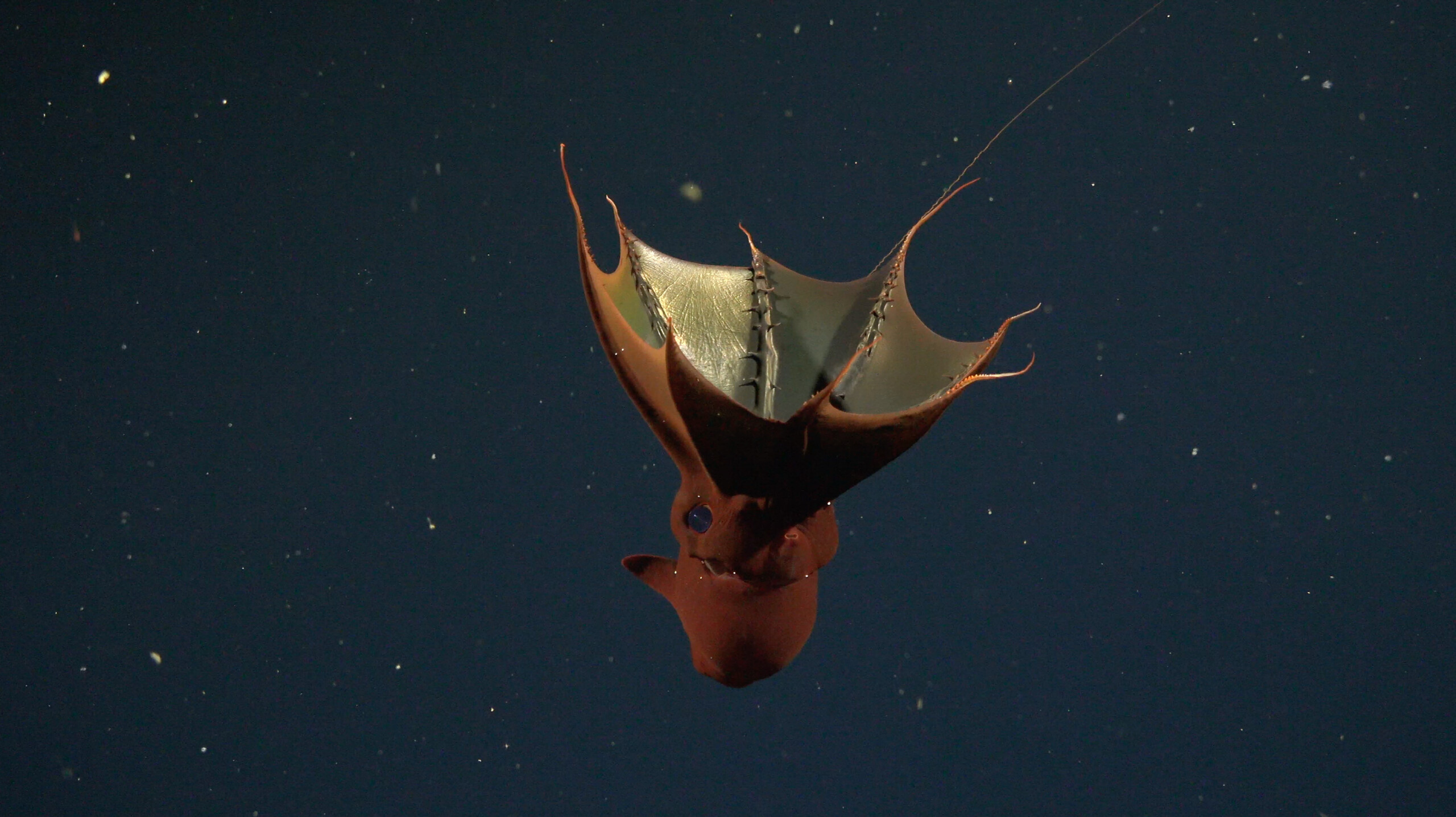

This vampire squid (Vampyroteuthis infernalis) was imaged during the ‘Designing the Future 2’ expedition at 630 m in the East Cortes Basin. The vampire squid is a relict species, meaning it’s the only animal left in the order…
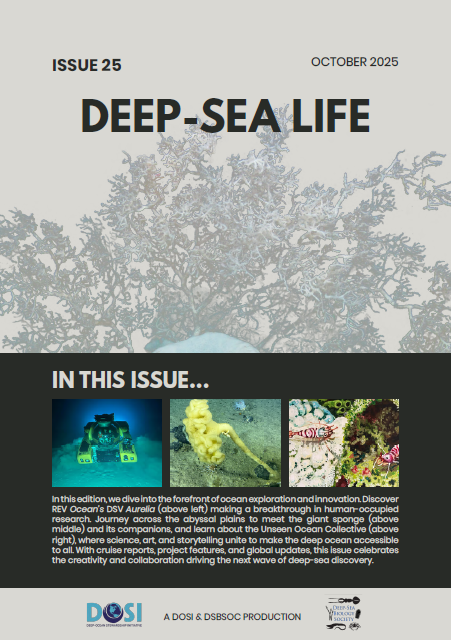
We’re excited to unveil a brand-new look for Deep-Sea Life! After 12 years of sharing stories, discoveries, and updates from the deep, we felt it was time for a refresh. We hope you…
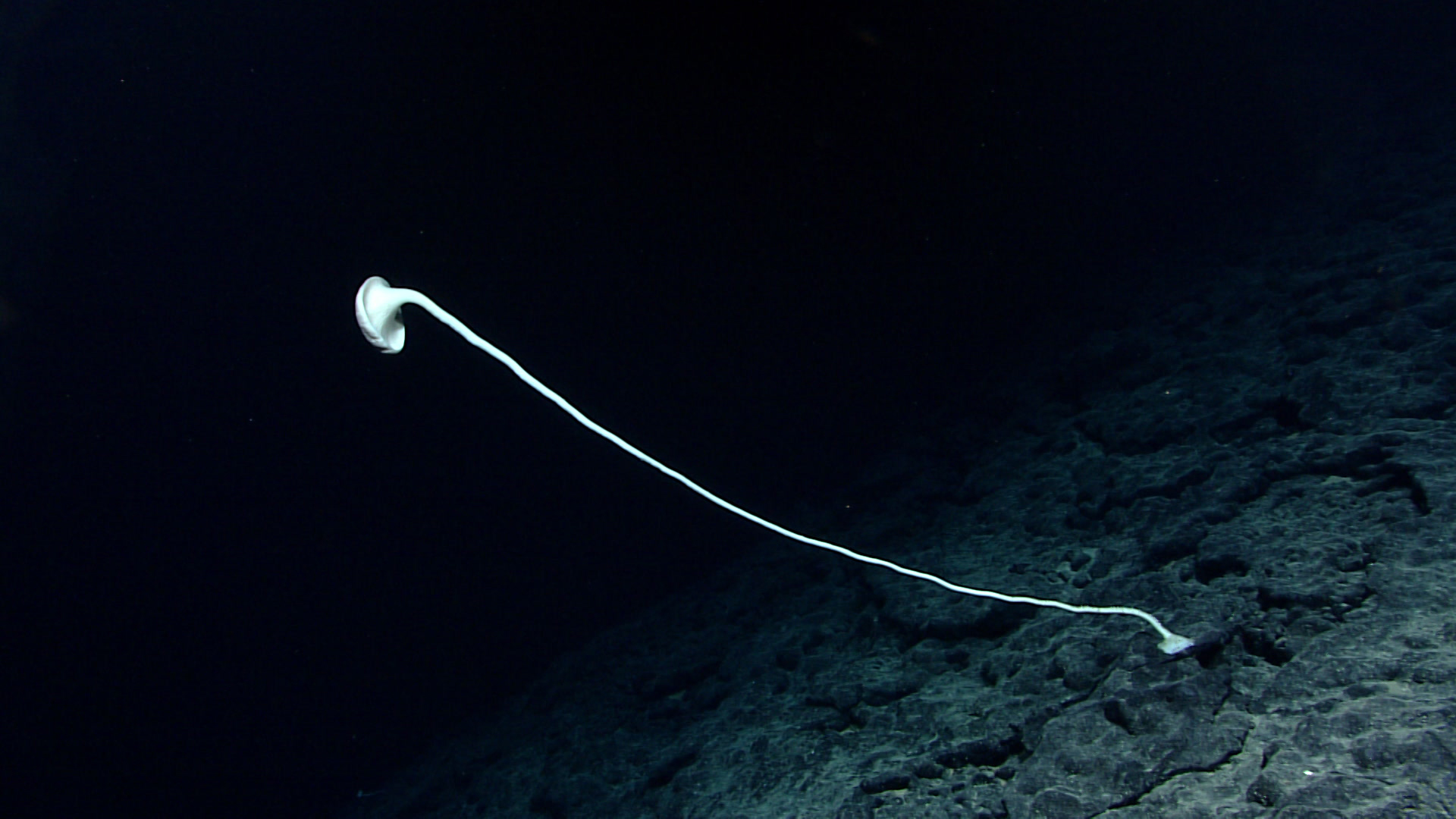
A large Caulophacus sponge towers more than 2 m off the seafloor, observed during the Papahānaumokuākea ROV and mapping expedition. Image courtesy of NOAA Ocean Exploration, 2025 Beyond the Blue. This week: Learn about cusk eels congregating off…

After a decade of exceptional service, Dr. Harriet Harden-Davies, member of the DOSI Steering Committee and co-lead of the BBNJ Working Group, has stepped down from her role on the Steering Committee. Harriet…
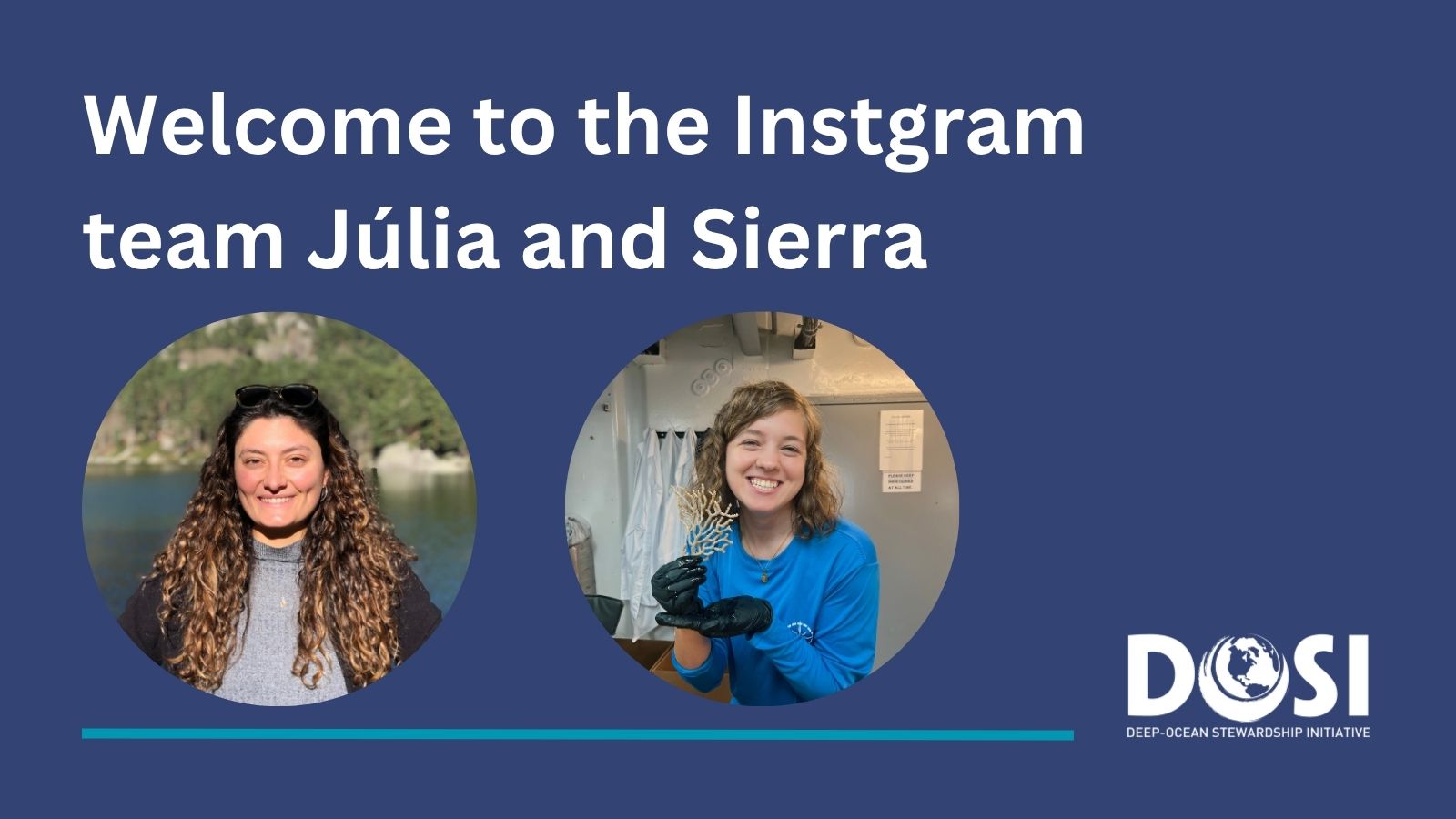
We’re delighted to welcome Júlia and Sierra to the DOSI social media team. They’ll be helping share the wonders of the deep sea with audiences around the world through our Instagram platform. We…
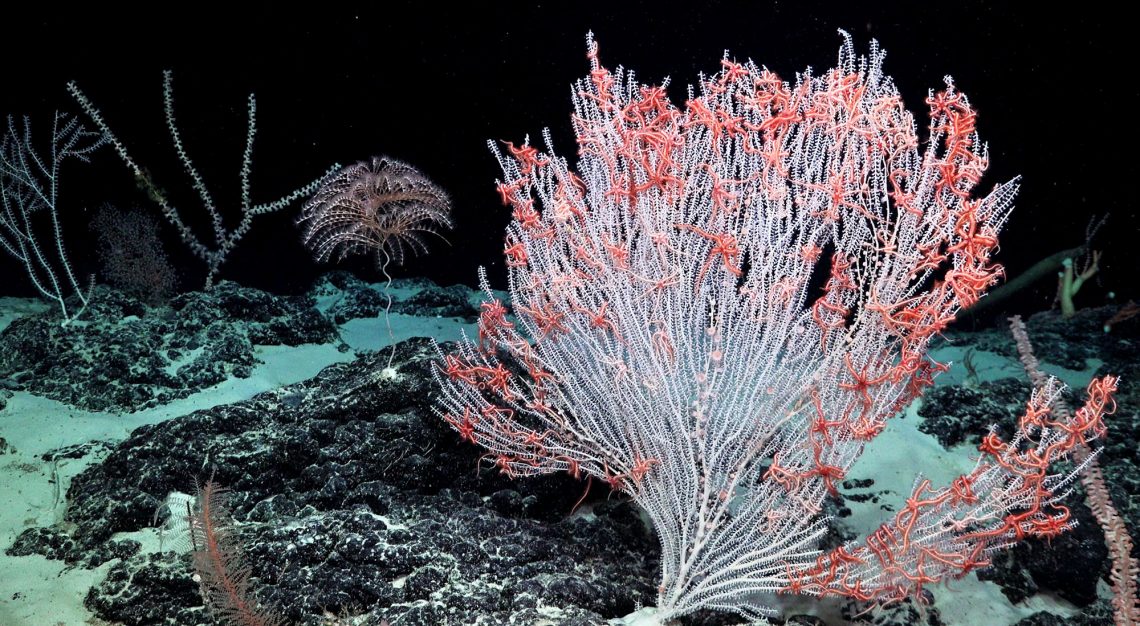
This week: How sharks might be affected by deep-sea mining and the effects of microplastics on benthic biochemistry. CLICK FOR YOUR DEEP-SEA ROUND-UP – 16 October 2025 SUBSCRIBE to get the Deep-Sea Round-Up in your…
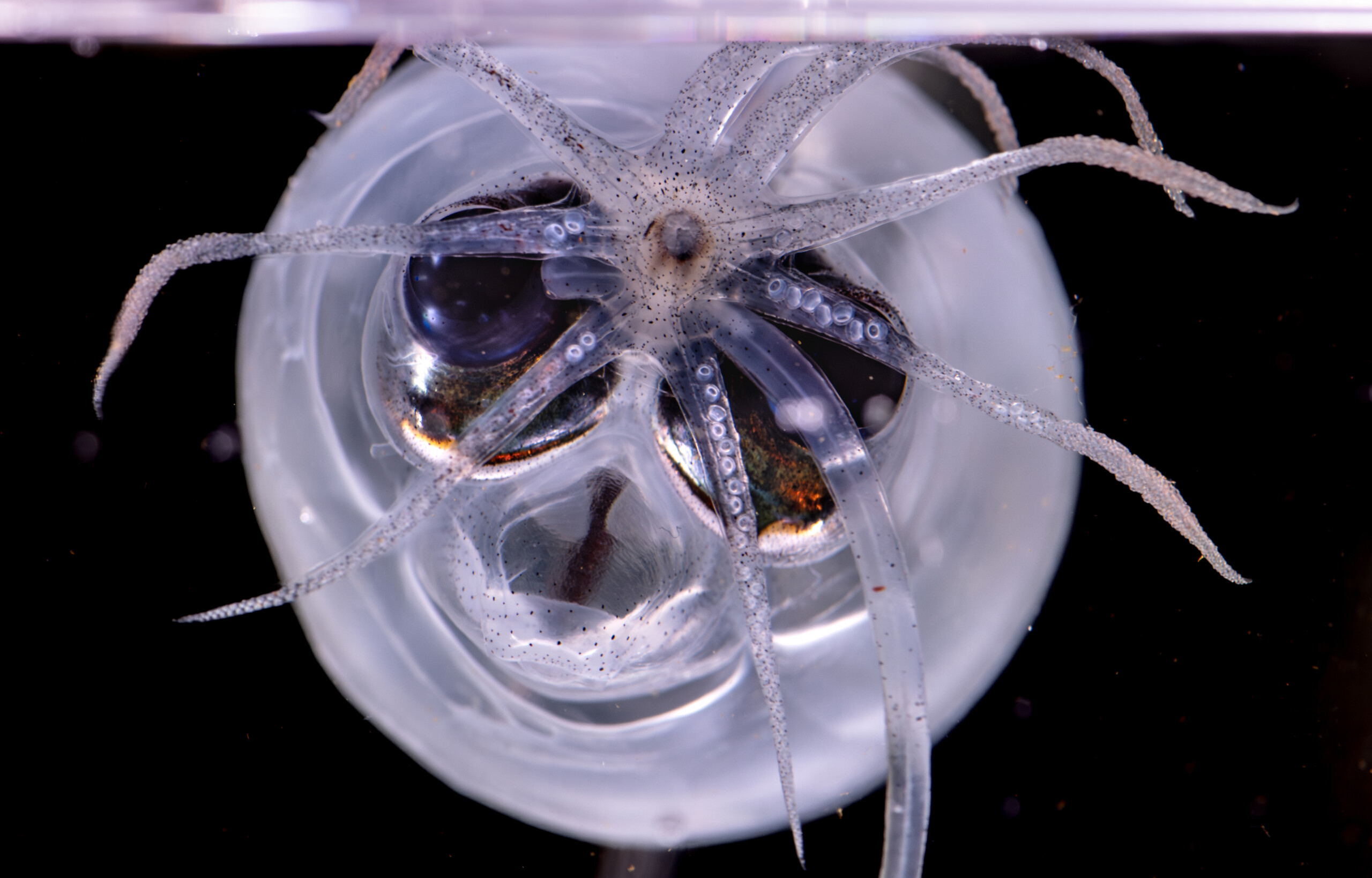
This week: How sharks might be affected by deep-sea mining and the effects of microplastics on benthic biochemistry. CLICK FOR YOUR DEEP-SEA ROUND-UP – 9 October 2025 SUBSCRIBE to get the Deep-Sea Round-Up in your…
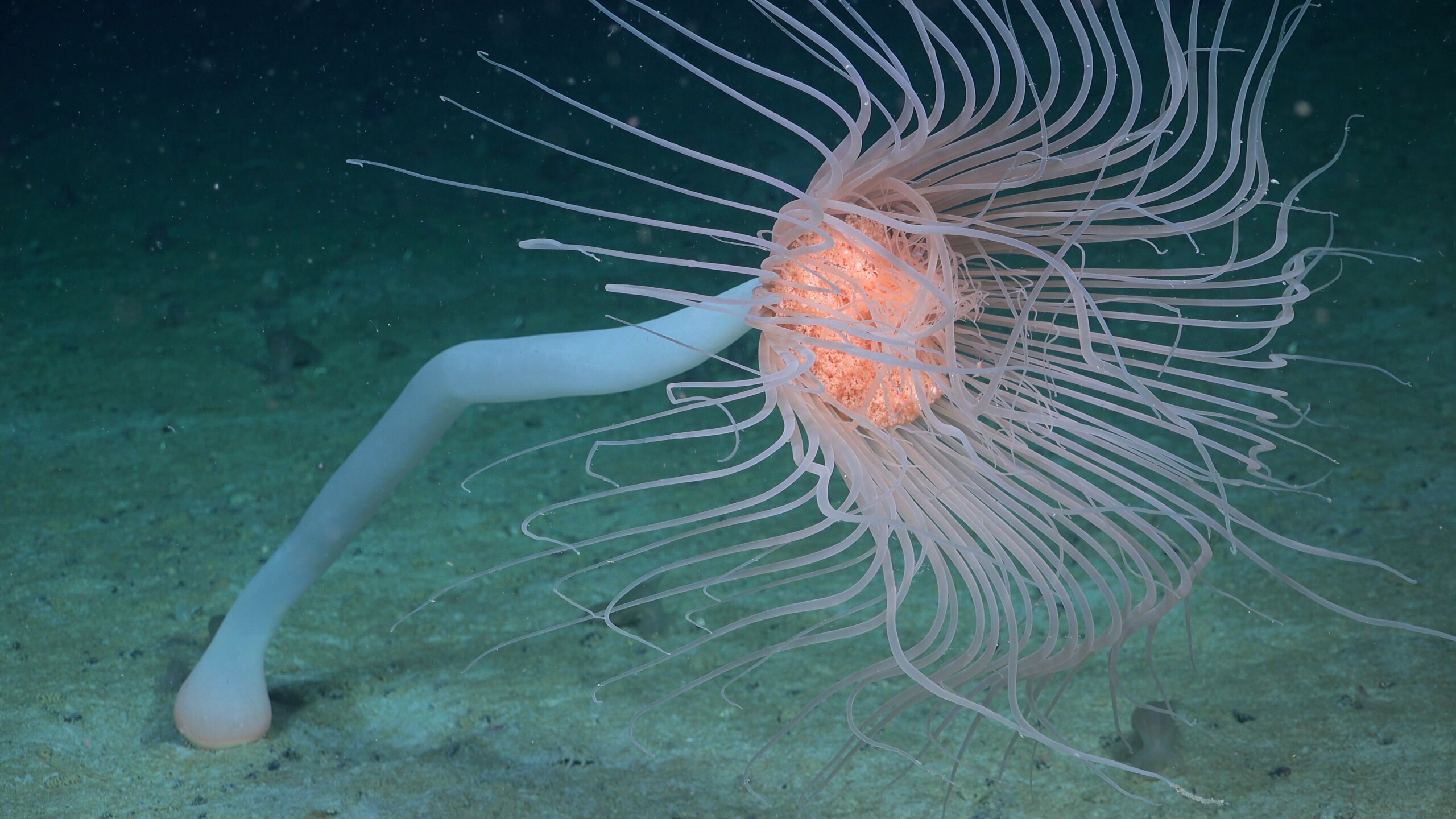
A solitary hydroid drifts in currents at approximately 380 m deep in an area of the seabed that was very recently covered by the George VI Ice Shelf, a floating glacier in Antarctica. Image…